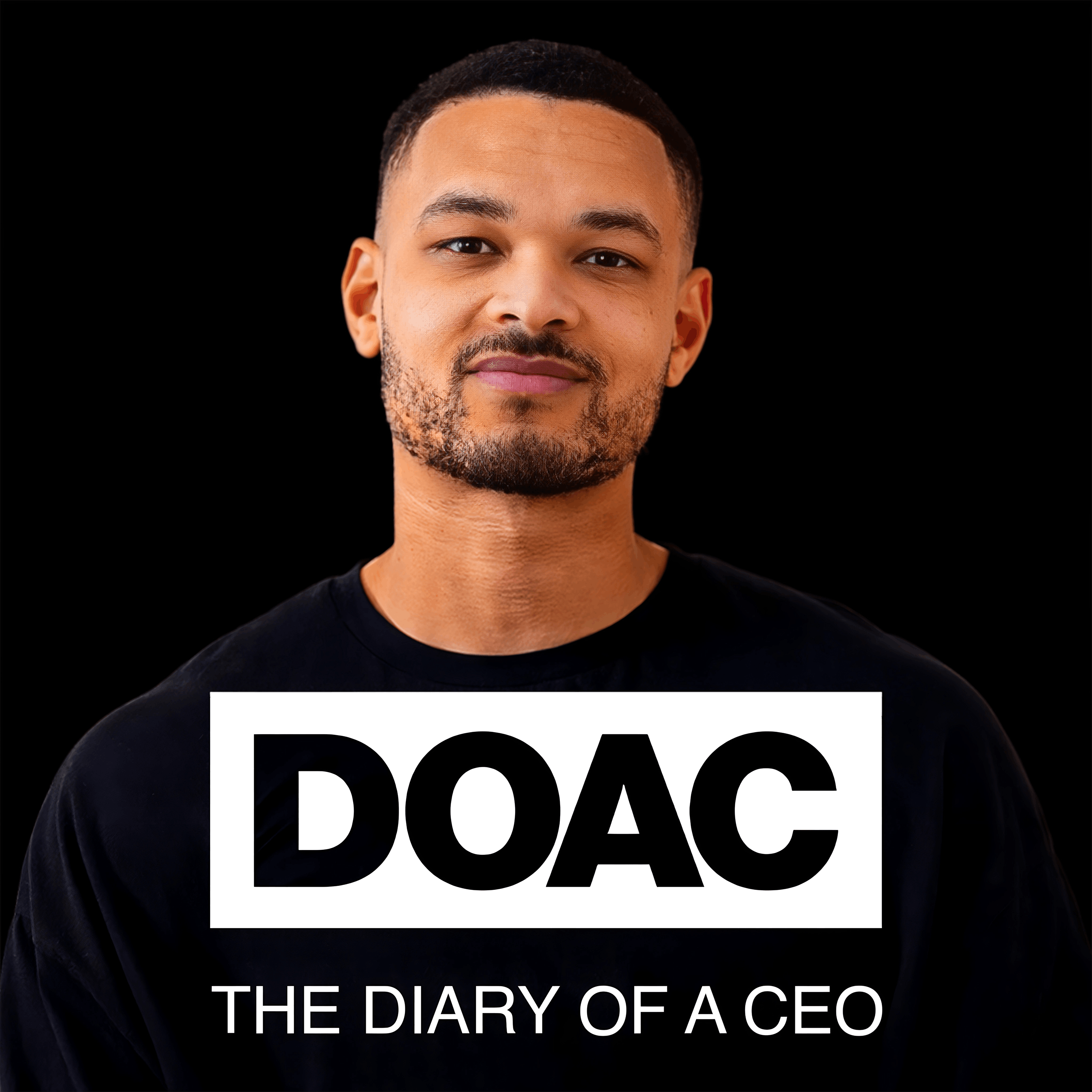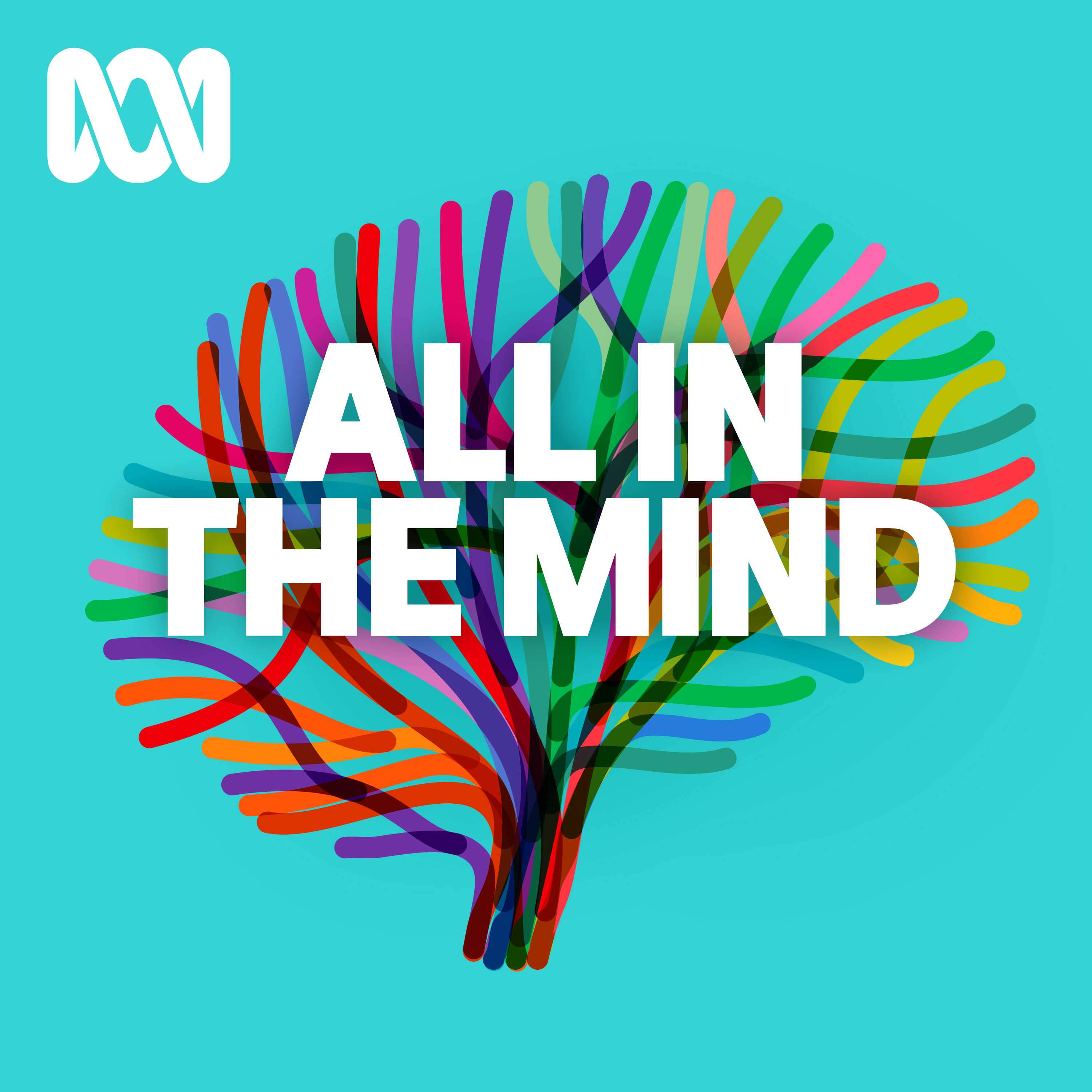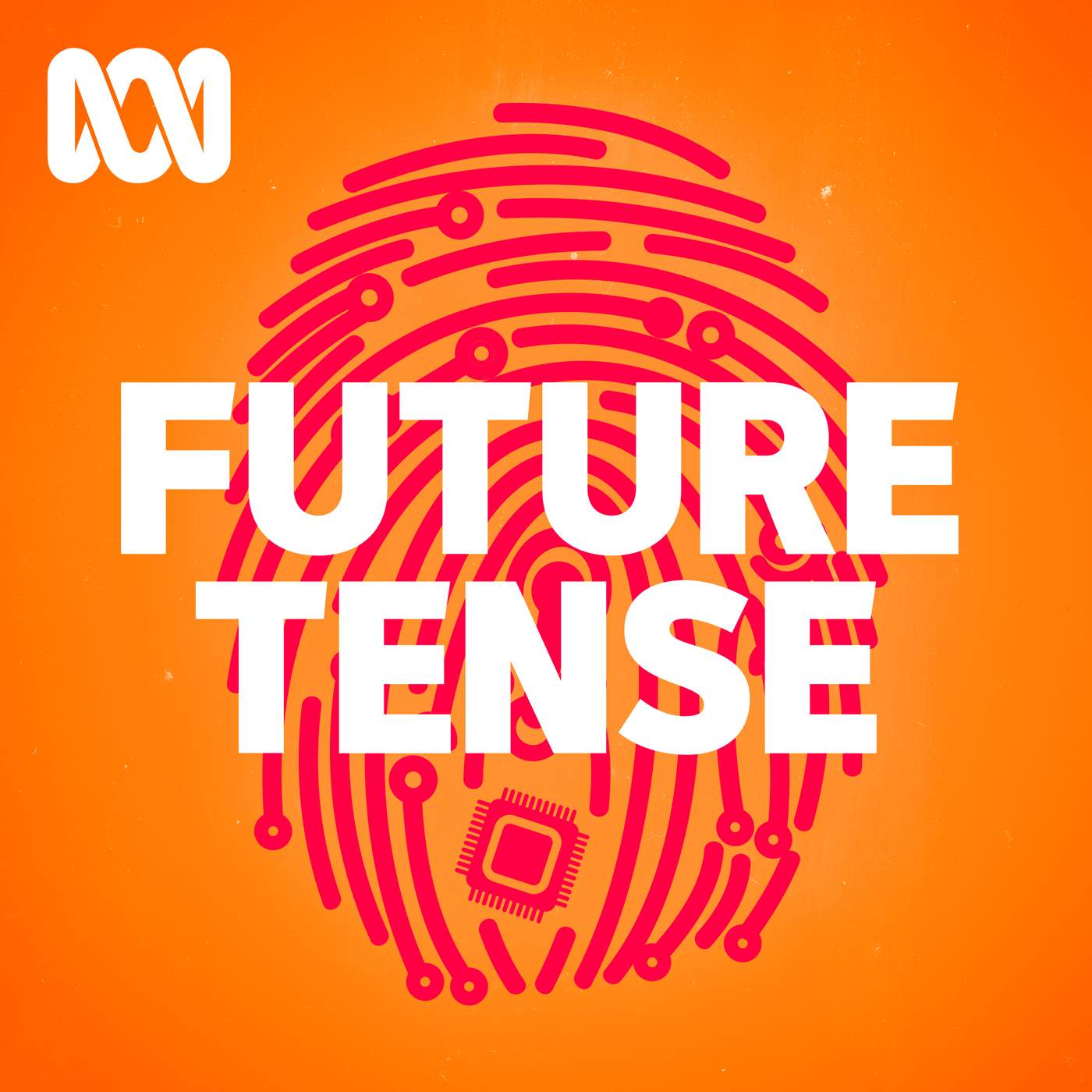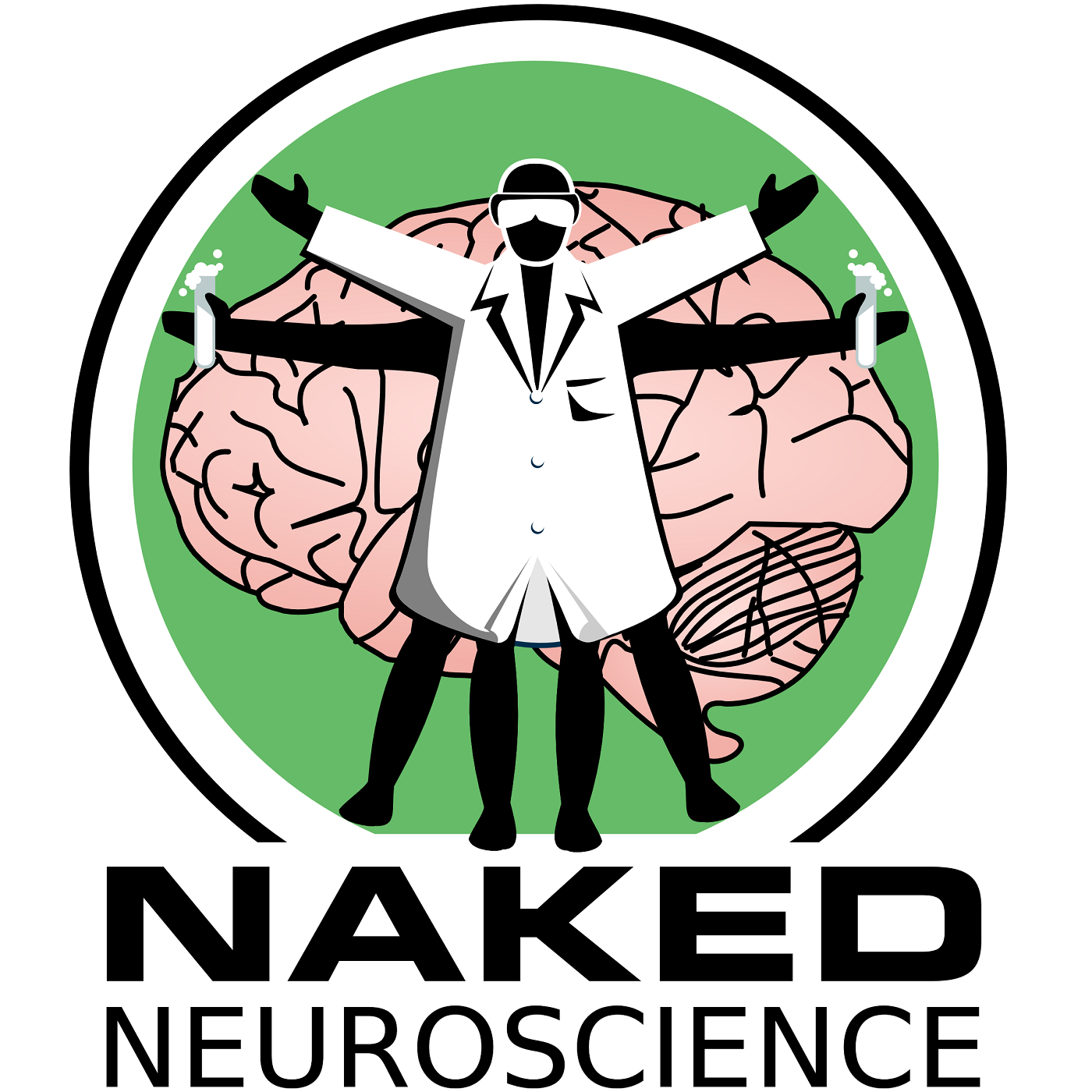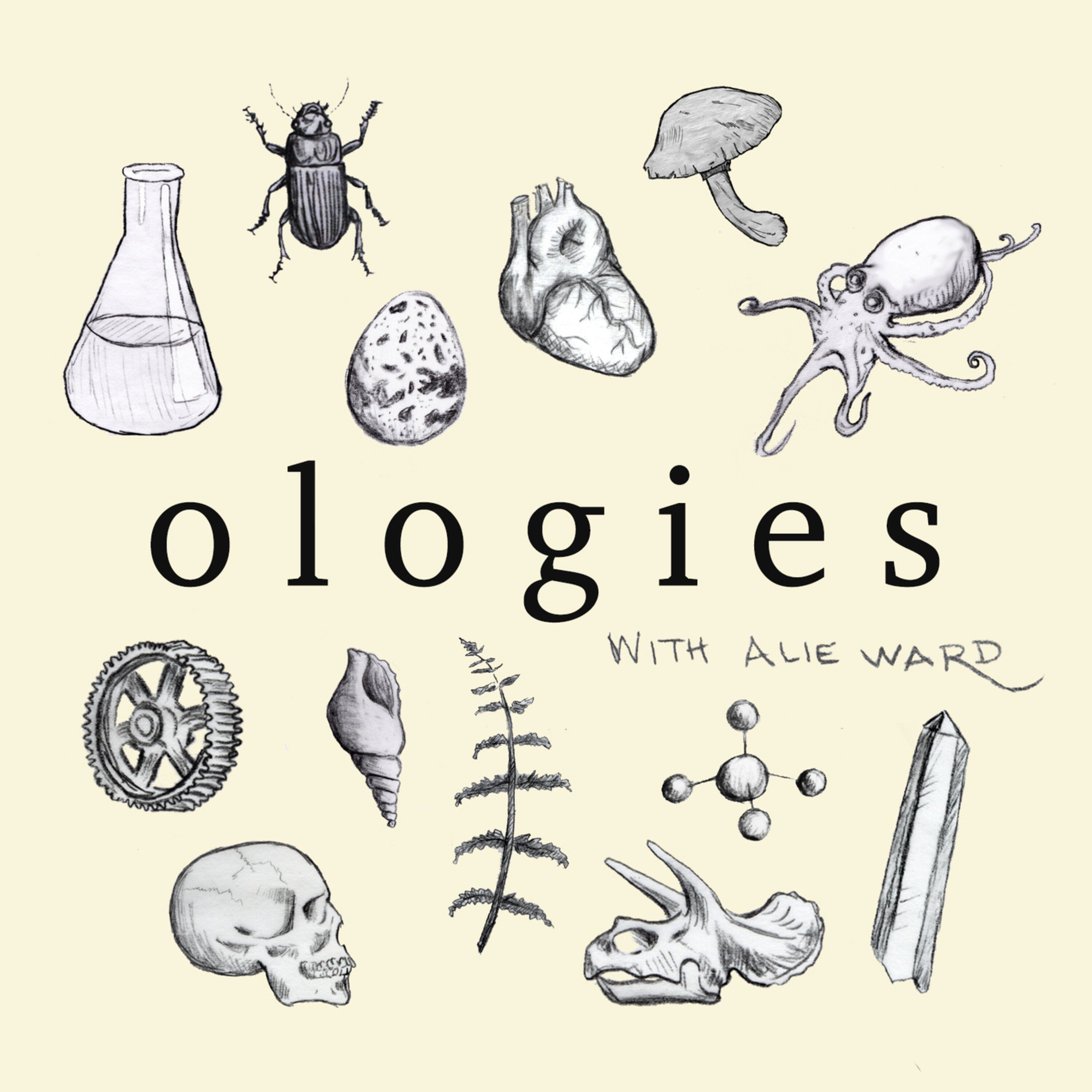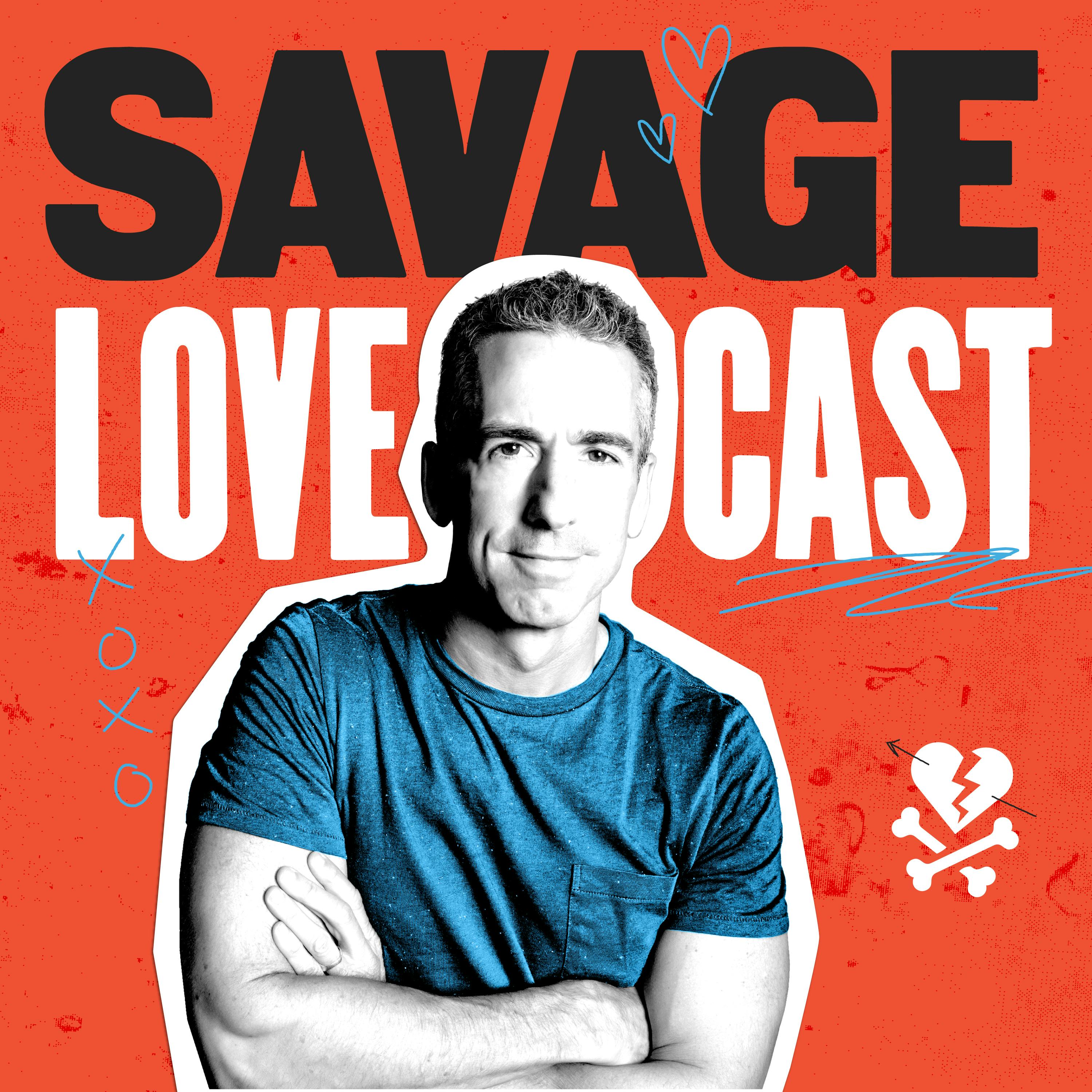
Heliox: Where Evidence Meets Empathy
Join our hosts as they break down complex data into understandable insights, providing you with the knowledge to navigate our rapidly changing world. Tune in for a thoughtful, evidence-based discussion that bridges expert analysis with real-world implications, an SCZoomers Podcast
Independent, moderated, timely, deep, gentle, clinical, global, and community conversations about things that matter. Breathe Easy, we go deep and lightly surface the big ideas.
Curated, independent, moderated, timely, deep, gentle, evidenced-based, clinical & community information regarding COVID-19. Since 2017, it has focused on Covid since Feb 2020, with Multiple Stores per day, hence a sizeable searchable base of stories to date. More than 4000 stories on COVID-19 alone. Hundreds of stories on Climate Change.
Zoomers of the Sunshine Coast is a news organization with the advantages of deeply rooted connections within our local community, combined with a provincial, national and global following and exposure. In written form, audio, and video, we provide evidence-based and referenced stories interspersed with curated commentary, satire and humour. We reference where our stories come from and who wrote, published, and even inspired them. Using a social media platform means we have a much higher degree of interaction with our readers than conventional media and provides a significant amplification effect, positively. We expect the same courtesy of other media referencing our stories.
Heliox: Where Evidence Meets Empathy
The Medical Research Gap That's Literally Killing Women
Medical research has a woman problem. And women are dying because of it. When we talk about healthcare inequalities, we often focus on disparities in access or treatment. But there's a more fundamental problem lurking beneath the surface: much of modern medicine was built on research that excluded women entirely.
It's not ancient history. It's recent, it's ongoing, and it's affecting your healthcare right now. The root of this problem can be traced back to 1962, with the thalidomide disaster that caused severe birth defects. That tragedy led to stronger FDA regulations, which eventually manifested as 1977 guidelines that effectively banned women of childbearing age from early clinical trials.
The intent was protection. The result was erasure. Not just pregnant women – but virtually all women of reproductive age were excluded from foundational medical research, ... continue reading the article
This is Heliox: Where Evidence Meets Empathy
Independent, moderated, timely, deep, gentle, clinical, global, and community conversations about things that matter. Breathe Easy, we go deep and lightly surface the big ideas.
Thanks for listening today!
Four recurring narratives underlie every episode: boundary dissolution, adaptive complexity, embodied knowledge, and quantum-like uncertainty. These aren’t just philosophical musings but frameworks for understanding our modern world.
We hope you continue exploring our other podcasts, responding to the content, and checking out our related articles on the Heliox Podcast on Substack.
About SCZoomers:
https://www.facebook.com/groups/1632045180447285
https://x.com/SCZoomers
https://mstdn.ca/@SCZoomers
https://bsky.app/profile/safety.bsky.app
Spoken word, short and sweet, with rhythm and a catchy beat.
http://tinyurl.com/stonefolksongs
Curated, independent, moderated, timely, deep, gentle, evidenced-based, clinical & community information regarding COVID-19. Since 2017, it has focused on Covid since Feb 2020, with Multiple Stores per day, hence a large searchable base of stories to date. More than 4000 stories on COVID-19 alone. Hundreds of stories on Climate Change.
Zoomers of the Sunshine Coast is a news organization with the advantages of deeply rooted connections within our local community, combined with a provincial, national and global following and exposure. In written form, audio, and video, we provide evidence-based and referenced stories interspersed with curated commentary, satire and humour. We reference where our stories come from and who wrote, published, and even inspired them. Using a social media platform means we have a much higher degree of interaction with our readers than conventional media and provides a significant amplification effect, positively. We expect the same courtesy of other media referencing our stories.
This is Heliox, where evidence meets empathy. Independent, moderated, timely, deep, gentle, clinical, global, and community conversations about things that matter. Breathe easy, we go deep and lightly surface the big ideas. Welcome to the Deep Dive. Hi there. So today we're diving into something really, really important. Women's health research. Absolutely. We've got quite a collection of sources that paint a, well, a complex picture. Yeah. You've brought together articles looking at how women were historically left out of clinical trials, how that underrepresentation kind of lingers, and what it actually means for understanding diseases, medications. Exactly. We're talking about how sex differences affect everything from symptoms to treatment effectiveness. So our goal here is to really unpack why this happened, the consequences, and why it matters so much for roughly half the population. Precisely. We'll be looking at materials from the AAMC, CBC Radio, the Journal of Personalized Medicine, and also a Canadian report on research funding. It gives us a good perspective, I think, shows the progress, but also the challenges that are still very much there. Okay, so let's start at the beginning, this history of exclusion. It's pretty stark, right? Before 1993, women often just weren't included in trials. That's right. And understanding why needs a bit of context. A huge factor was the phalidomide tragedy back in 1962. Ah, yes. The drug for morning sickness that caused terrible birth defects. Exactly. That disaster gave the FDA much stronger regulatory powers. And then in 1977, the FDA put out guidelines basically excluding women who could get pregnant from early research phases. The idea being to protect potential fetuses. That was the stated intention, yes. Protect unborn children from unknown risks of experimental drugs. But the way it was interpreted was incredibly broad. How so? Well, the AAMC article points this out clearly. It wasn't just pregnant women. It effectively barred most women of childbearing age, even if they were using reliable birth control or even if they weren't sexually active. Wow. So a massive group just excluded from foundational research. A huge group. It created a major blind spot in understanding how treatments worked or didn't work in women. So when did things start to change? When did the pendulum swing back towards inclusion? Things started shifting in the late 80s, early 90s. An NIH advisory committee recommended including women back in 86. OK. Then a big step in 1990 was the NIH establishing the Office of Research on Women's Health, really dedicated to pushing this forward. And wasn't there significant leadership change around then, too? Yes, absolutely. Dr. Bernadine Healy became the first woman to direct the NIH in 1991, a landmark moment. And that paved the way for? For 1993. That was the real watershed year. The FDA actually reversed its 1977 guidance. Reversed it? Completely. They mandated that women must be included unless there was a strong scientific justification not to, like, you know, research on prostate cancer, for example. Right. And the same year, Congress stepped in, mandating inclusion in trials funded by the NIH. Then the FDA followed up in 94 by creating its own Office of Women's Health. So lots of policy changes, official mandates. You'd think that would solve the problem, right? We should see equal representation now. You would hope so, wouldn't you? Yeah. But the reality is it's not quite that simple. That history casts a long shadow, meaning that even with those policies in place, the underrepresentation persists. A Harvard study from 2022 looking at data up to 2019 found women were still significantly underrepresented. Still in 2019. Yep. Across trials for major diseases, cancer, cardiovascular disease, psychiatric disorders, women made up only about 40 percent participants. Forty percent. When they're what, 51 percent of the U.S. population? Exactly. It's still a substantial gap. And I imagine it's even worse for a certain group. Definitely. Pregnant individuals are, well, almost routinely excluded. That leaves huge knowledge gaps about safe and effective treatments during pregnancy. A critical time. Absolutely. And the underrepresentation is even more stark for women of color. There's a real lack of data looking at that intersection of sex and race in trials. The CBC piece mentioned something fundamental to this historical idea of the male body as the default, the norm. Oh, completely. That bias runs deep. For decades, medical knowledge was built mainly on studies of men, assuming findings just applied equally to women. But they don't. They often don't. As Dr. Tannenbaum from Canada's Health Research Institute said, women are not just small men. There are crucial biological differences, hormones, metabolism, genetics, that were just sort of ignored. It's almost funny in a dark way that the AAMC article mentions researchers sometimes shied away from female mice because hormones might complicate results. Right. When actually male rodents fighting can sometimes make their data more variable. So it highlights these ingrained assumptions. Exactly. The perceived complexity of female biology was sometimes used as a reason to exclude, even if the science didn't fully back that up. Okay, so let's talk consequences. What's the real-world impact of this underrepresentation? The impacts are pretty significant and widespread. First off, it just means we have a poor understanding of how many diseases, even present in women, their symptoms might be different. Like the heart attack example. Precisely. We now know women often have different heart attack symptoms than the classic chest clutching pain often depicted based on male studies. That recognition only formally came from the American Heart Association in 1999. 1999, that's quite recent. It is. And that lack of awareness, potentially combined with gender bias, means women might get diagnosed later or receive less appropriate care for heart disease. And beyond diagnosis, treatment. Big consequences there, too. It limits our knowledge of the best treatments for women. And it contributes to health care disparities overall. Biological sex influences physiology, metabolism, hormones, all things that affect how a drug works or how a disease progresses. The AMC article had that startling statistic. Women experience adverse drug reactions, side effects, twice as often as men. Twice as often. That's a huge disparity. And it often comes down to differences in how bodies process drugs, metabolism, body weight, fat distribution things, not always fully studied if trials focused mainly on men. They gave the example of hip replacements, too. Yeah, a 2013 study found women with metal hip replacements had a 29% higher failure rate, potentially due to anatomical differences not accounted for in testing, which likely skewed male. So it affects devices, not just drugs. Anything medical, really. As Dr. Barbara Bierer at Harvard pointed out, this lack of knowledge directly undermines the safety and effectiveness of medical products for women. It's not a niche issue. Not at all. Dr. Martha Gulati from Cedars-Sinai put it perfectly, studying women isn't studying a special population. It's about understanding how to care for the majority of people. Women shouldn't be an afterthought. Okay, let's drill down into some specifics. The Journal of Personalized Medicine article looked closely at biological sex differences in drug responses, especially for the central nervous system. That sounds complex. It is incredibly complex. CNS drugs affecting the brain and nervous system are tricky anyway. But this layer of sex differences adds another dimension. How the body handles the drug, pharmacokinetics, and how the drug affects the body, pharmacodynamics, both can differ significantly between sexes. Let's take opioids, for example. What differences did they find? Well, the review suggests women might generally get better pain relief, particularly with longer use. But they also seem more prone to side effects like nausea, vomiting, respiratory issues, especially with morphine. Interesting. And men? Men might actually need higher doses of morphine after surgery for similar pain relief. There's also a possible link to hormones. Testosterone might decrease pain sensitivity. And risk. The article notes women report a higher desire for opioids and face a greater risk of abuse stemming from prescriptions. So effectiveness, side effects, risk profile, all potentially different. What about antidepressants? We know women experience depression more often after adolescence. Right, about twice as likely. And they often present with more atypical symptoms. Again, pharmacokinetics and dynamics differ. Women might absorb certain antidepressants better because of lower gastric acid. Body weight differences might play a role, maybe leading to better response to fluoxetine in women. Estrogen's influence on serotonin pathways is also key. So does that mean different types work better for men versus women? There's some evidence suggesting that, yes, women might respond better generally to SSRIs, the ones targeting serotonin like fluoxetine or sertraline. Men perhaps respond better to drugs acting more on norepinephrine like some older tricyclics. And side effects. Also different tolerance levels. Women might tolerate the side effects of older tricyclic less well, while men might find the potential sexual dysfunction from SSRIs less acceptable. It's nuanced. Okay, how about anticonvulsants for epilepsy? Well, men are slightly more likely to develop epilepsy overall, but women often experience more complex syndromes. There's a suspected link to hormonal fluctuations, puberty, menstrual cycles, menopause. Estrogen and progesterone effect. Exactly. Estrogen might be somewhat excitatory in the brain, while progesterone can be inhibitory. A huge practical issue here is drug interactions. Some anticonvulsants make oral contraceptives less effective. Oh, that's critical. Absolutely. And vice versa, birth control pills can lower the levels of some anticonvulsants. While the main anti-seizure effect might not show consistent sex differences, the side effect profiles can differ, often relating to how these drugs mess with sex hormone levels in both men and women. Leading to other issues, potentially. Yes, things like sexual dysfunction or even conditions like PCOS linked to valproic acid use in some women. Okay, last category from that paper. Antipsychotics for conditions like schizophrenia. Here, women often get diagnosed later, tend to have less severe symptoms initially, fewer hospitalizations, better long-term outcomes, but they might be more prone to other medical issues alongside it and drug interactions. And the drugs themselves. Antichokinetically, these drugs often spread more widely in women's bodies and take longer to clear, meaning they might need lower doses, especially early on. Though some studies show men might respond better to acute treatment initially. What about lifestyle factors? Smoking is a big one. Men are more likely to smoke, and smoking speeds up the metabolism of drugs like clozikine and olanzapine affecting their levels. And side effects again. Different risks. Women on antipsychotics seem to have higher rates of metabolic problems, like weight gain or diabetes, and also higher risks of a heart rhythm issue called QTC prolongation on high prolactin levels. Men might be more susceptible to sudden muscle spasms or dystonic reactions. These examples really drive home the point, don't they? Biological sex isn't just some minor variable. It's fundamental to how drugs work. Absolutely fundamental. And that brings us squarely to the issue of research funding, which the Canadian report tackles head on. Right. The report starts by saying women often have worse health outcomes in certain areas, partly because of this lack of focused research. Exactly. It points to those same old misconceptions still floating around that females are too complex to study because of hormones or that findings in males just apply anyway. Which we've seen isn't true. Definitely not. The report uses the COVID-19 vaccine example, too, excluding pregnant individuals initially caused delays and hesitation, even though the vaccines were later shown to be beneficial. It underlines the basic biology, right? Sex, chromosomes, hormone receptors. They're everywhere in the body. Everywhere, not just reproductive organs. So considering sex is vital for all health research, the biology, the symptoms, the treatment response, it can all differ. So what did the Canadian funding analysis actually find? Any progress? Some, yes. Looking at data from 2009 up to 2023, they saw an increase in grants mentioning female-specific health between 2020 and 2023. Also a rise in grants mentioning 2SLGBTQ plus health. That sounds positive. It is. And fewer grants completely ignored sex or gender. But, and this is the big but, the overall amount of funding specifically for female health is still way too low compared to the actual burden of disease women chase. And is the funding that is there well distributed? Not really. According to this report, most of the female-specific grants focus on cancer, especially breast and gynecological and pregnancy. Important areas, of course, but... But other major conditions get less attention. For example, far more grants looked at depression or postpartum depression than at cardiovascular disease around menopause, even though heart disease is a huge issue for women. And did they see funding levels changing over time for major diseases affecting women? Worryingly, no significant changes in funding percentages for those major categories over the whole period they studied. And even within 2SLGBTQ plus research, the focus leaned more towards men. It reinforces that feeling that the male experience is often still the default baseline. So the report's main message is. That we urgently need to address this underfunding. We need dedicated research to understand women's specific vulnerabilities, how diseases manifest differently, and develop targeted treatments across their whole lives. Think autoimmune diseases, Alzheimer's, anxiety, heart attacks, all areas where women are disproportionately affected or present differently. You mentioned menopause earlier as being understudied. Massively understudied, especially compared to pregnancy, despite being a universal female experience with huge health implications. Early menopause increases dementia risk, yet female-focused Alzheimer's research is lacking. This might be why some treatments aren't as effective for women. Are there potential treatment avenues being missed? Possibly. The report suggests immune-based Alzheimer's therapies might hold more promise for women. Mental health, too. We're seeing sex differences in biomarkers and how people respond to treatments. More targeted research is needed. So what does the report recommend doing about it beyond just saying consider sex and gender? They push for concrete actions like dedicated funding streams specifically for women's health research, similar to successful models like the Heart and Stroke Foundation's Women's Research Network in Canada. Any sense. What else? Creating more opportunities for women researchers, for women's health topics, more special issues in journals, more people with sex and gender analysis expertise on editorial boards. They even suggest Canada's main funding body, CIHR, should reconsider having a dedicated review panel just for women's health research. So structural changes. Yes. The core message is that investing in women's health research isn't just fair, it's smart. It has economic benefits, and it's absolutely essential for developing personalized medicine that actually works for everyone. Okay, so let's try and pull this all together as we wrap up this deep dive. What are the really crucial takeaways from all these sources? I think the clearest takeaway is how that historical exclusion has left real damaging gaps in our medical knowledge. It affects everything, diagnosis, treatment, outcomes for women. And despite progress on paper. Despite policy changes, yes, the underrepresentation and the funding gaps are still there, still having a negative impact across so many areas. Heart health, mental health, neurological conditions, you name it. So the bottom line is? The bottom line is that biological sex isn't a complication to be avoided in research. It's a fundamental variable. We have to account for it properly if we want to advance medicine fairly and effectively for everyone. It's about achieving genuine health equity. A really powerful summary. It certainly leaves us with something to think about. And maybe a final thought for you, our listener. Considering women are half the population, and we know their biology and disease experience can be so different, what truly innovative, maybe even radical approaches could we take to make sure medical research finally reflects all of human biology? How do we get to healthcare that's truly effective and equitable for every single person? Thanks for joining us for this deep dive. Thanks for listening today. Four recurring narratives underlie every episode. Boundary dissolution, adaptive complexity, embodied knowledge, and quantum-like uncertainty. These aren't just philosophical musings, but frameworks for understanding our modern world. We hope you continue exploring our other podcasts, responding to the content, and checking out our related articles at heliocspodcast.substack.com.
